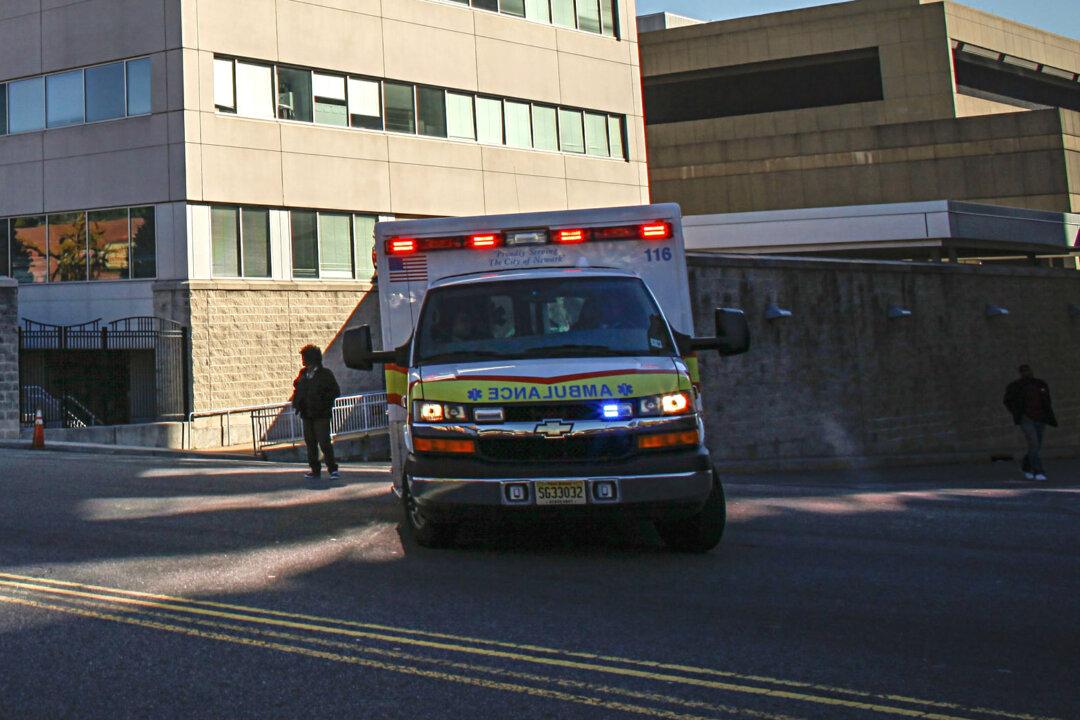A Connecticut man had to get his leg amputated after getting flesh-eating bacteria while swimming in an ocean.
Bruce Kagan, 68, was rushed to a hospital after he began feeling sick several days after going swimming at Hammonasset Beach State Park.


A Connecticut man had to get his leg amputated after getting flesh-eating bacteria while swimming in an ocean.
Bruce Kagan, 68, was rushed to a hospital after he began feeling sick several days after going swimming at Hammonasset Beach State Park.